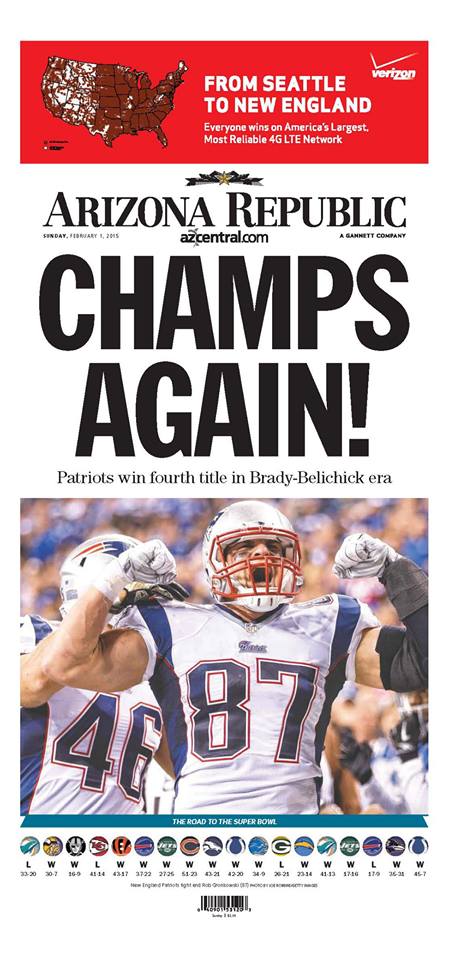When I was a junior at the University of South Florida in 1968, I remember one specific critique of a fellow student’s work by Professor Arthur M. Sanderson.
The course was Editing I, and this particular student had edited a piece in a style that Prof. Sanderson considered to be inappropriate for a traditional news story.
“There is too much language here that is more appropriate for an ad, not a news story,” Professor Sanderson said, much to the student’s chagrin. I wonder where this fellow student ended up. Did she take that critique to be a signal that she should pursue advertising as a career?
I was thinking about that when I read this piece about how Condé Nast announced it would use its editorial staff to produce content for brands. In fact, journalistic purists are suffering a bit of tachycardia as a result . Involving editorial people in selling ads goes against the traditional separation of the two sides of the business, after all, as my fellow students and I learned from the great and memorable Professor Sanderson.
Here, in a nutshell, the Condé Nast project:
The company plans to unveil “23 Stories by Condé Nast,” a branded content studio named after the 23 floors the company occupies in its new One World Trade Center offices. Condé will have editors from its fleet of magazines work directly with marketers to produce branded content.
It is 2015 and the flame of good storytelling illuminates advertising as well. Native ads are all about good storytelling, the type that journalists are trained to do well. As we have mentioned in this blog several times, publishers have come to the conclusion that having editorial people play a direct role in ad creation is the way to go. After all, journalists already know how to produce high quality copy and know their subject matter—and audience— well.
This is going to be an ongoing debate in 2015 and beyond. There will always be journalists who will not partake of anything to do with writing ad copy. Others, however, will realize that opportunities exist here and will explore them.
In my view, this is a phenomenon that will take place and my only word of caution is that, while editorial people may be assigned to create innovative ads which are strong on the storytelling, they should devote their full time efforts to that task and not mix editorial and advertising duties.
To my fellow student from the USF of the late 60s: If you are still around know that you may have been ahead of your time. I know that the late Professor Sanderson is looking down at us and shaking his finger to remind us not to mix editorial and advertising.
Related blogs
Branded journalism and recruiting those needed storytellers
https://garciamedia.com/blog/branded_journalism_and_recruiting_those_needed_storytellers
The Washington Post's native ad in print: the message of things to come
http://www.garciamedia.com/blog/the_washington_posts_native_ad_in_print_the_message_of_things_to_come
For more about Conde Naste’s new project
Super front page for the Super Bowl

Super Bowl 49 is now history (the New England Patriots won in a nail biting game in Phoenix, Arizona, and one of the most exciting Super Bowl games ever). Here is a special front page of The Arizona Republic. I asked Tracy Collins, Director at Phoenix Design Studio for Gannett how the page came about, and, especially the top of the page advertising for Verizon.
“The Verizon ad only appeared on the cover of the “stunt” papers that we printed to take to the stadium for the players to hold up for the cameras. It didn't go to any readers (unless they cajoled one of our runners at the stadium to give them one), so no one on staff worried about it. We were just happy to have Verizon pay the printing costs, and I'm sure they were just as happy to get the TV exposure as we were!”
Another example that brings to mind my favorite phrase about “doing print happily”, reminding us that there are still some things that ink on paper do best.
Good job!